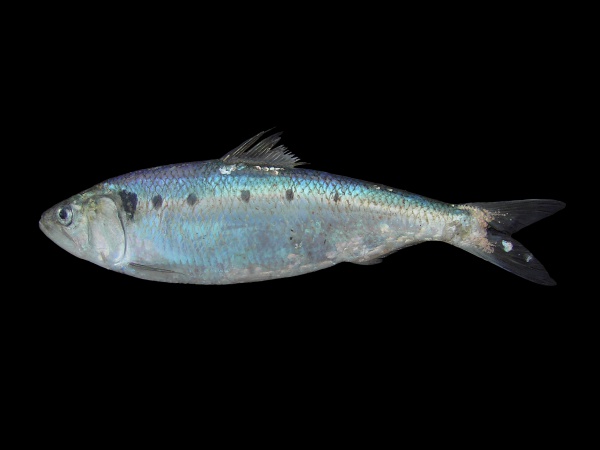Facts About Twait shad
The twaite shad, also known as the twait shad, is a captivating fish belonging to the Clupeidae family. It inhabits the eastern Atlantic Ocean and the Mediterranean Sea. This anadromous species spends most of its life in saltwater but migrates to freshwater rivers to spawn. The twaite shad resembles the Atlantic herring, distinguished by distinctive spots on its shiny, silver sides.
These fish reach maturity at around three years old. When the spawning season arrives, they move toward estuaries and ascend rivers to reproduce. Unfortunately, their populations have been declining due to overfishing, pollution, and habitat destruction. To aid in their conservation, the twaite shad is listed in Appendix III of the Bern Convention and Appendices II and V of the European Community Habitats Directive.
In terms of appearance, the twaite shad has several unique features. Notably, it lacks a lateral line and has a rounded belly. Its back is a bluish-green, its head exhibits a brownish-golden hue, and its flanks are characterized by silver with dark spots. Adults typically grow to a length of 25 to 40 cm.
The twaite shad is distributed throughout most of Europe and along the Mediterranean coastline. Its life cycle is quite similar to that of the allis shad, and the two species are even capable of hybridizing. Being anadromous, they reside in the sea but migrate to freshwater to spawn once they mature. Unfortunately, their numbers have been dwindling due to overfishing, pollution, habitat destruction, and barriers impeding their migratory routes.
To aid in the conservation of the twaite shad, specific areas in Ireland have been designated for their spawning. Their inclusion in the Bern Convention and the European Community Habitats Directive highlights the crucial need for conservation efforts and habitat protection to ensure their survival.

 United Kingdom
United Kingdom